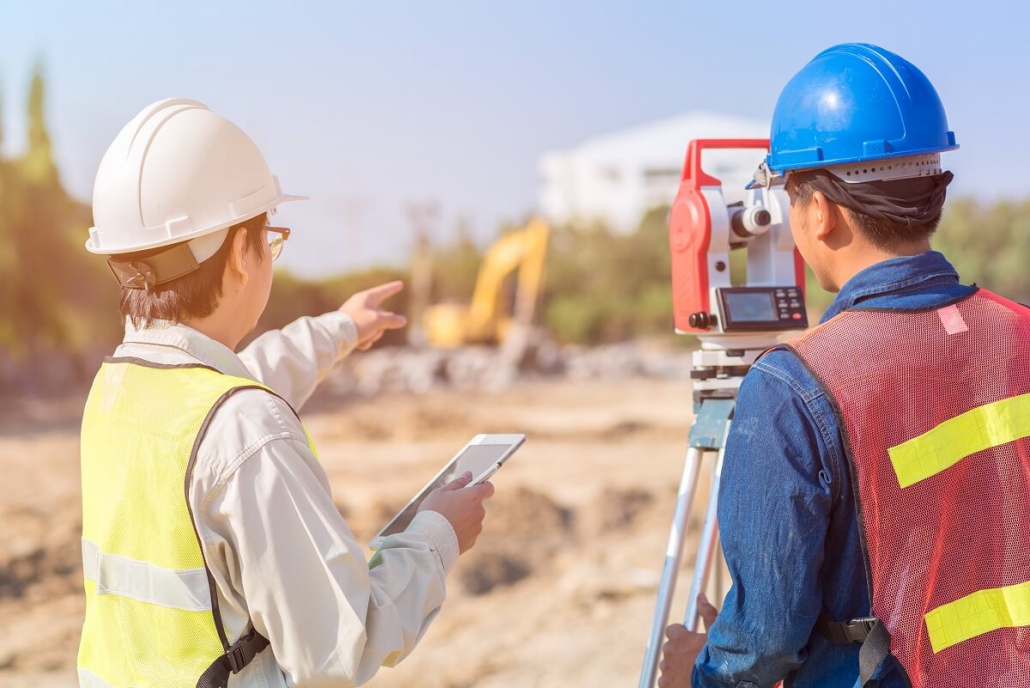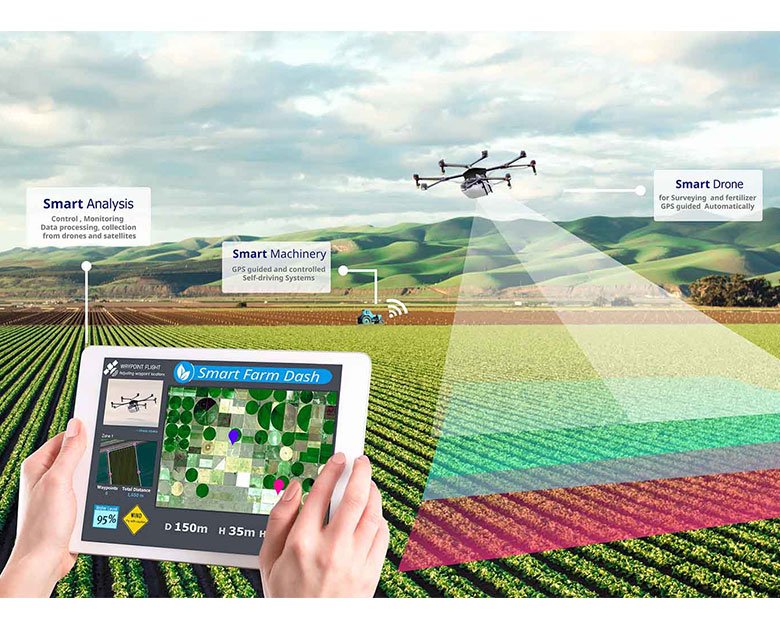In a real estate transaction, there are many role players. Understanding their roles is important for successful outcomes.
The purchase of a new home is an exciting time for both the buyer and seller. However, it can be complex and a lot of work goes into the process.
Surveyors in Wollongong are an important part of that process. They are often called upon to help with subdivision surveys, boundary marking, strata subdivision, setout survey and contour survey.

Buyer’s Agent
A buyer’s agent helps you buy a property. They search for homes that meet your criteria and work to negotiate a fair price.
A good buyer’s agent will also help you find additional information about the area. This includes recommending reliable mortgage brokers, real estate attorneys, home inspectors, and other real estate professionals.
They can also provide you with an overview of local property laws, school districts, and zoning issues. This can save you time and money in the long run.
A buyer’s agent is an essential part of the property purchasing process, whether you’re buying your first home or an investment property. They bring experience, local knowledge, and expert negotiating skills to the table.
Seller’s Agent
For a buyer, buying a home can be one of the most exciting and important financial transactions they will ever make. Having an expert by their side to represent them during the process will ensure that they can make smart decisions and get the best deal possible.
Likewise, a seller will want to have an agent representing them in the sale of their property as well. This person will help the seller price their home correctly and make suggestions on what needs to be done to increase its value.
The agent will also help market their home to potential buyers, identifying properties that they believe will attract the most attention and contacting the listing agent to set up showings. Once an offer is accepted, the agent will guide their client through closing.
Conveyancer
Surveyors in Wollongong help determine the legal boundaries of a property and prepare land surveys that are vital to developers and buyers. They ensure that property lines line up with the legal description and identify any existing structures or improvements on a piece of land, as well as the location of easements and restrictions.
They also document the elevation of a property and whether it’s on a floodplain. A property survey is a vital part of the process for builders and investors, and often requires a thorough understanding of a parcel’s topography.
Surveyors spend their time both in the field and in the office, taking precise measurements for maps and construction projects. They may walk long distances, stand for hours at a time, and work in all weather conditions.
Home Inspection Company
A home inspection company in Wollongong can help a buyer or seller save money and aggravation by revealing potential issues that could otherwise go unnoticed. This allows buyers and sellers to make informed decisions about property transactions and can also help reduce the number of problems that arise, such as faulty gutters or termites.
In addition, a professional home inspection can be used as a contingency in purchase contracts. This can enable a client to back out of a contract or renegotiate the sale price if the inspector finds serious defects.
Before you start a home inspection company, it is important to create a business plan and determine the best legal structure for your company. A sole proprietorship is one option, but a partnership may be preferable for small business owners. It is easy to set up, offers limited liability and avoids corporate tax filing rates. It is a good idea to consult with a tax specialist before you start your business.




